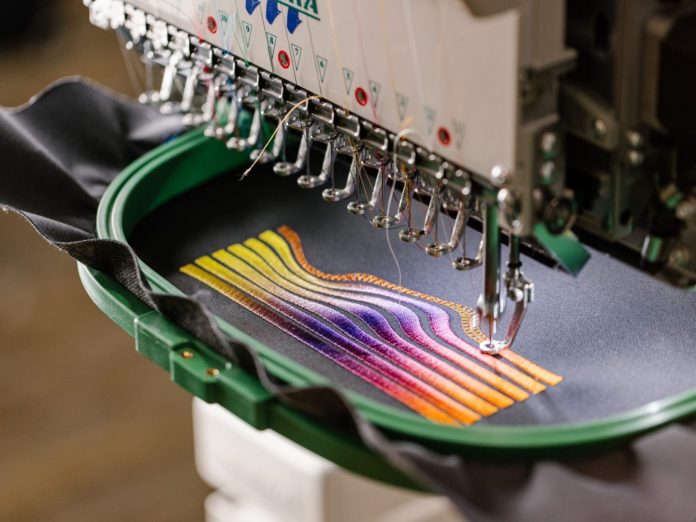Color separation is a crucial process in screen printing that involves dividing a design into its individual color components. This ensures that each color is printed separately and accurately, resulting in a vibrant and precise final product. Whether you’re a beginner or looking to refine your skills, this step-by-step guide will walk you through the essential steps of color separation for screen printing.
Step 1: Understand Your Design
Before you begin the color separation process, it’s important to thoroughly understand your design. Analyze the artwork to identify all the colors present. Complex designs with gradients or a wide range of colors may require more advanced separation techniques, while simpler designs with solid colors are easier to manage.
Step 2: Choose the Right Software
Selecting the appropriate software for color separation is vital for achieving accurate results. Adobe Photoshop and Illustrator are popular choices among screen printers due to their robust features. Additionally, specialized programs like CorelDRAW and Separation Studio offer specific tools designed for screen printing color separation.
Step 3: Convert the Image to CMYK
If your design is in RGB mode, convert it to CMYK. This is because screen printing uses the CMYK color model (Cyan, Magenta, Yellow, and Black) to create a wide range of colors. In Photoshop, you can do this by navigating to Image > Mode > CMYK Color.
Step 4: Create Spot Channels
For each color in your design, create a separate spot channel. This helps in isolating individual colors for printing. In Photoshop, you can create a spot channel by selecting Window > Channels, then choosing New Spot Channel. Name each channel according to the color it represents (e.g., Red, Blue, Green).
Step 5: Isolate Each Color
Using the selection tools (Magic Wand, Lasso Tool, etc.), select each color in your design and move it to its corresponding spot channel. Ensure that each color is accurately selected and isolated. This step may require patience and precision, especially with intricate designs.
Step 6: Adjust Halftones (if necessary)
For designs that include gradients or shades, converting these areas into halftones is necessary. Halftones are tiny dots that vary in size to create the illusion of gradients and shading. In Photoshop, you can create halftones by converting the grayscale image to a bitmap and selecting the halftone screen option.
Step 7: Preview and Make Adjustments
Preview each separated color channel to ensure accuracy. Check for any missing areas or misalignments. Make necessary adjustments to ensure that each color layer aligns perfectly with the others. This step is crucial to avoid registration issues during printing.
Step 8: Print Color Separations
Once you’re satisfied with the separations, print each color layer on a separate transparency film. Ensure that the films are of high quality and that the colors are correctly aligned. These films will be used to create the screens for printing.
Step 9: Prepare the Screens
Coat your screens with a light-sensitive emulsion and allow them to dry. Place each transparency film onto the respective screen and expose it to UV light. This process will harden the emulsion except where the design is, allowing ink to pass through these areas during printing.
Step 10: Clean and Inspect Screens
After exposure, wash the screens with water to remove the unexposed emulsion. Inspect each screen for any imperfections or blockages. Make sure that each screen accurately represents the corresponding color layer of your design.
Step 11: Set Up for Printing
Align the screens on your printing press in the correct order. Registration marks can help ensure that each color layer aligns perfectly. Test print on a scrap piece of material to check for alignment and color accuracy.
Step 12: Print the Final Design
Once everything is set up and aligned, proceed to print the final design on your desired material. Apply each color layer one at a time, allowing sufficient drying time between layers to prevent smudging.
Conclusion
Color separation for screen printing is a meticulous but rewarding process that requires attention to detail and precision. By following these steps, you can achieve high-quality prints that accurately reflect your design. Whether you’re a hobbyist or a professional, mastering color separation will greatly enhance the quality and vibrancy of your screen prints.

